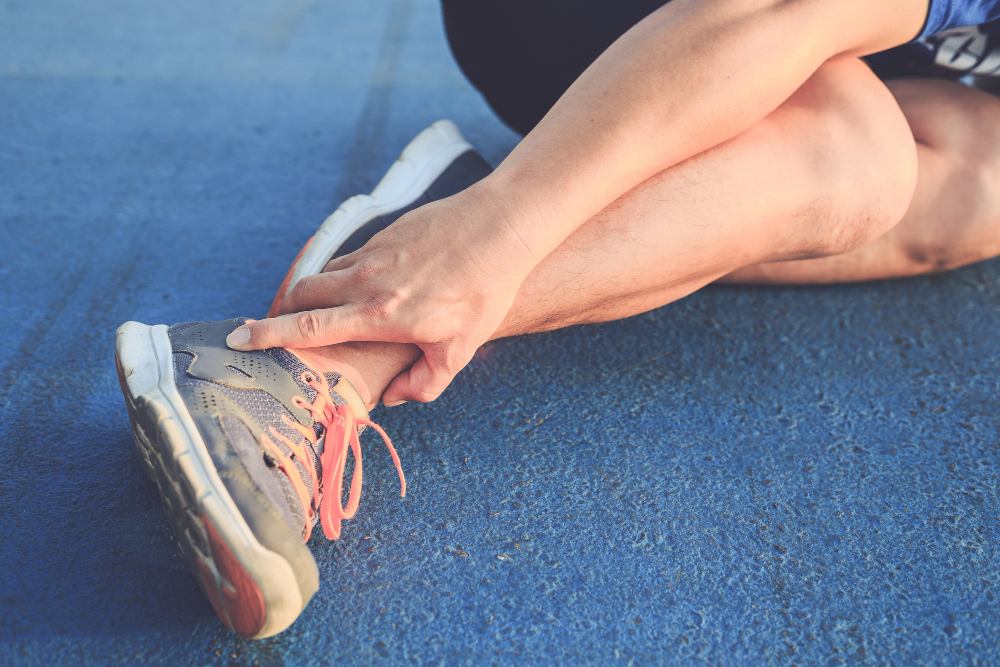Menu

Do you find that your ankle is prone to rolling or twisting outwards, whether during sports activities or even simple tasks like walking? If so, you may be dealing with chronic ankle instability, a common issue that can significantly impact your mobility and overall well-being.

In this brief article brought to you by Mid Penn Foot & Ankle Specialists, we explore why your ankles keep rolling and what you can do to address this issue. If you’d rather see a licensed foot doctor, then call Mid Penn Foot & Ankle Specialists to schedule an appointment.
Chronic ankle instability refers to a condition where the ankle joint feels consistently unstable or prone to giving way, particularly during weight-bearing activities. It often develops following an initial ankle sprain or injury, where the ligaments supporting the ankle are stretched or torn. Despite the ligaments healing, some individuals continue to experience instability, leading to recurrent ankle rolling or twisting episodes.
There are a few possible reasons why your ankles keep rolling:
We are committed to providing personalized, compassionate care for everyone who walks through our doors. If you’re ready to schedule an appointment with one of our doctors, give us a call or visit one of our locations today.
BOOK AN APPOINTMENTChronic ankle instability can be a frustrating and limiting condition, but it's important to address it proactively to prevent ongoing issues and potential complications. Engaging in targeted exercises to strengthen muscles and improve proprioception, utilizing supportive measures like ankle braces or proper footwear, and avoiding high-risk activities are essential.
If you’d like to have a foot specialist address your foot and ankles, then consider Mid Penn Foot & Ankle Specialists. We are happy to schedule an appointment with a licensed podiatrist today. A little bit of foot care can go a long way in improving your quality of life!
From the moment we step out of bed in the morning to the last stroll around the house…
Read MorePregnancy is an incredible journey, but let’s be real: it’s also tough on your body. From morning sickness…
Read MoreOur bodies are an intricate network of bones, muscles, tendons, and ligaments working together…
Read More